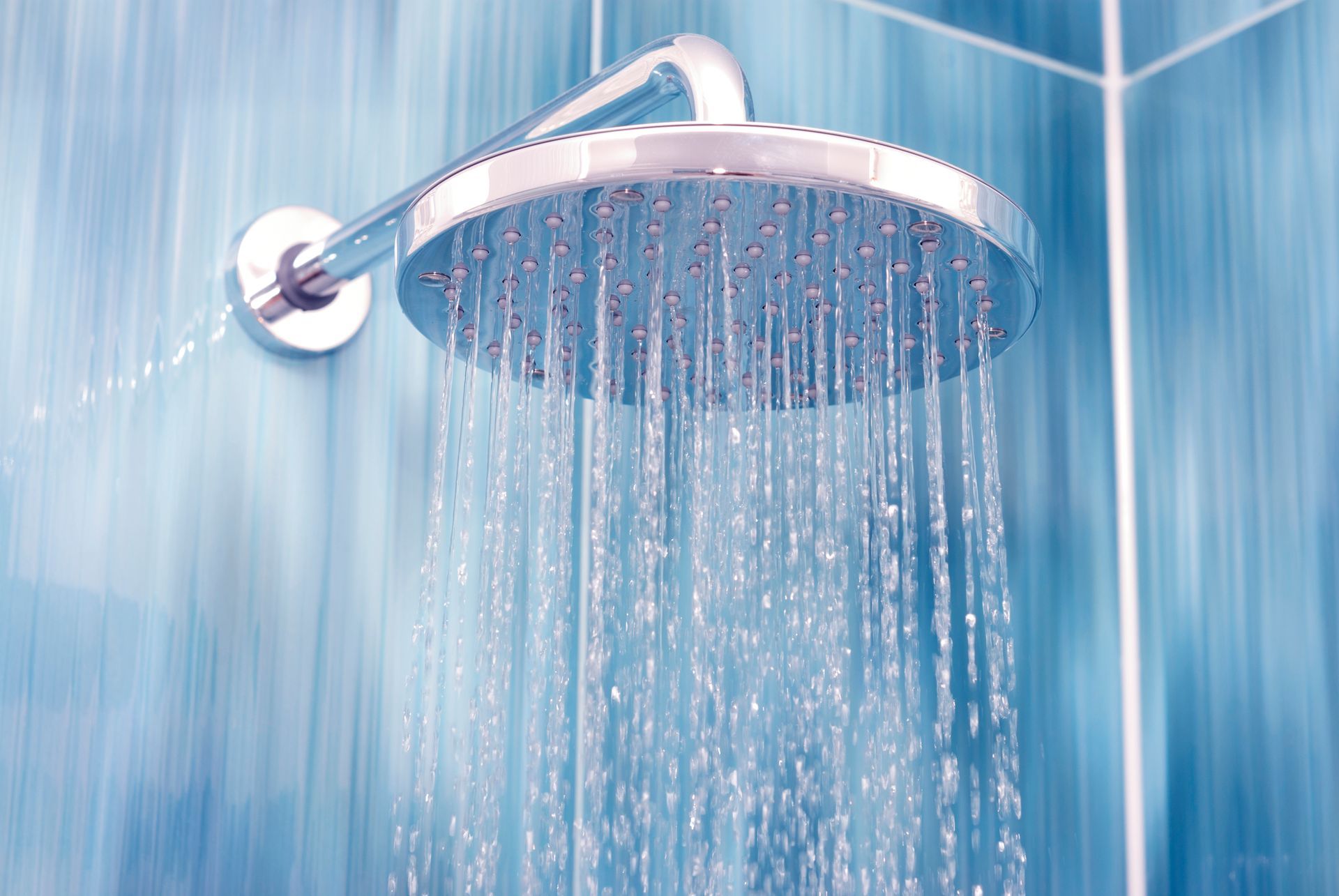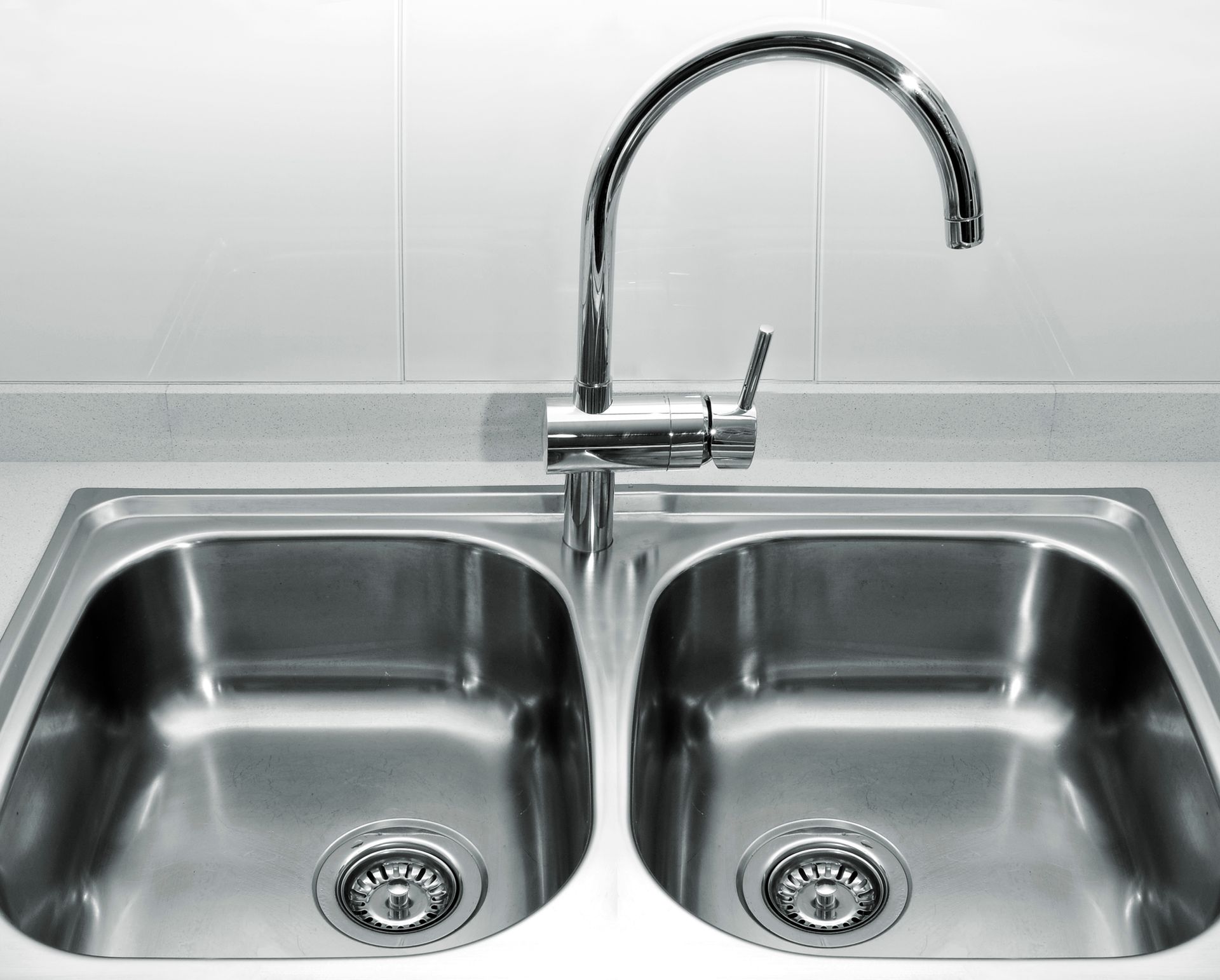CALL US TODAY!
3 Common Home Sewer Line Problems and How to Prevent Them

One very important part of your home’s plumbing system is your lateral home sewer line. All wastewater created in your home, including the water that flows down your home drains and wastes you flush down the toilet, flows out of your home through this line and into your city’s main sewer system.
If this line becomes clogged or damaged, then it can lead to plumbing problems throughout your entire home. Read on to learn about three common lateral sewer line problems and how to prevent these problems, if possible.
1. Tree Root Infiltration
Tree roots can easily infiltrate sewer lines through even very small cracks or holes in sewer line pipes. Sewer lines are filled with water and nutrients that attract tree roots in search of this vital nutrition. Tree root infiltration can vary in severity. When tree roots begin entering your lateral sewer line, they can clog this pipe, potentially leading to a home sewer line back-up.
However, over time, these roots can severely damage your home’s lateral sewer line and create the need for costly sewer line repairs or even complete replacement. Thankfully, you can prevent sewer line tree root infiltration. You can have your home’s sewer system power rodded and/or inspected with sewer video equipment on a regular basis. Your plumbing expert can spot tree roots that have entered your home’s sewer lines and recommend ways to control this infiltration before it leads to sewer line back-ups or permanent pipe damage. Call Jim Dhamer Plumbing & Sewer, Inc. at (630) 964-2222 to schedule a preventative annual sewer rodding.
You can also only plant small trees and shrubs that grow very slowly near your sewer lines. The small, shallow root systems of these trees and shrubs are less likely to damage your sewer line, even if they grow close to it.
2. Sagging Sewer Line Pipe
Another common lateral sewer line problem is a sag in the sewer line, also called a sewer line belly. Sewer line bellies typically occur when the bedding underneath a small section of the sewer line settles more over time than the bedding under the rest of the sewer line. As this area of bedding settles, the section of the sewer line over the top of it sags down.
Sewer line bellies cause problems when waste collects in them and then clogs the sewer line. Once a clog in a sewer line belly is cleared, another can quickly develop unless the sagging pipe is replaced.
While you can’t prevent some sewer line bellies due to natural shifts in soil that occur due to harsh weather conditions, proper sewer line installation can prevent many of them.
To prevent lateral sewer line sags, all sewer lines should be installed over proper bedding, such as large-grade gravel and sand that provides proper sewer line support. In addition, the sewer line must be installed with the proper slope to reduce the chance of a sewer line sag.
If you already have a sewer line belly, then your plumbing professional may be able to replace just the sagging section of the pipe and the bedding underneath this section to eliminate the need for a full replacement.
3. Pipe Corrosion
Another common issue is pipe corrosion. When pipes become corroded, they can leak and break, leading to the need for sewer line repair or complete replacement. While many modern lateral sewer lines are made with corrosion-resistant PVC pipes, most homes built before the 1970s have cast iron sewer lines that corrode much more easily.
To prevent this corrosion, avoid the overuse of caustic drain cleaners and other corrosive home cleaning products. If your water is hard, then consider investing in a home water-softening system that reduces the magnesium and calcium content of your home water supply. These minerals can build up inside of your home’s pipes and lead to corrosion.
Surprisingly, grease that you pour down a sink drain or flush down the toilet can also build up on the inside of cast iron pipes and cause corrosion.
While you should take great care of your home’s entire plumbing system, remember that your home’s lateral sewer line performs the very important task of directing all wastewater from your home to your city or town’s main sewer system. Take steps to keep this pipe in good shape to prevent sewer line back-ups and pipe damage.
Contact the plumbing experts at Jim Dhamer Plumbing and Sewer, Inc. at (630) 964-2222 to schedule a sewer line inspection service today where any problems with your home’s lateral sewer line can be detected and repaired before they worsen.
The post 3 Common Home Sewer Line Problems and How to Prevent Them appeared first on .
Leave A Reply
More Posts
Quick Links
Business Hours
Monday - Friday: 7:30 a.m. - 4 p.m.
Saturday: By Appointment Only
Sunday: Closed
Payments Accepted









